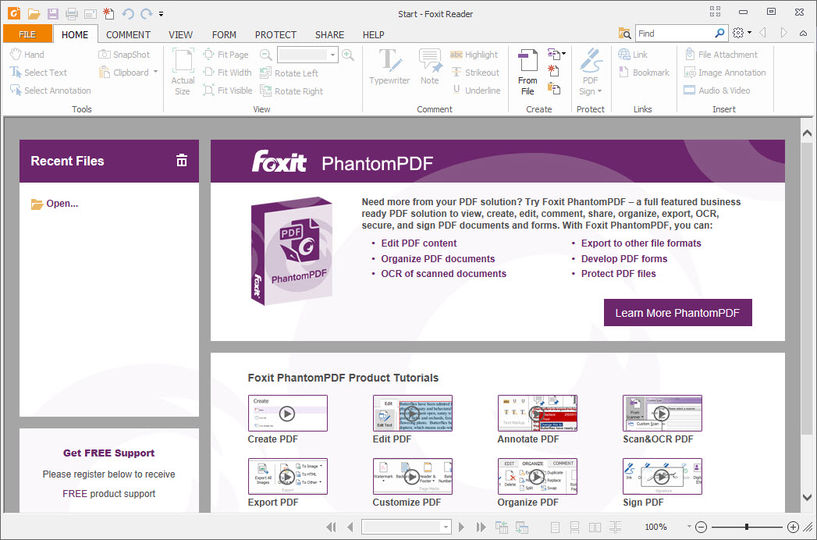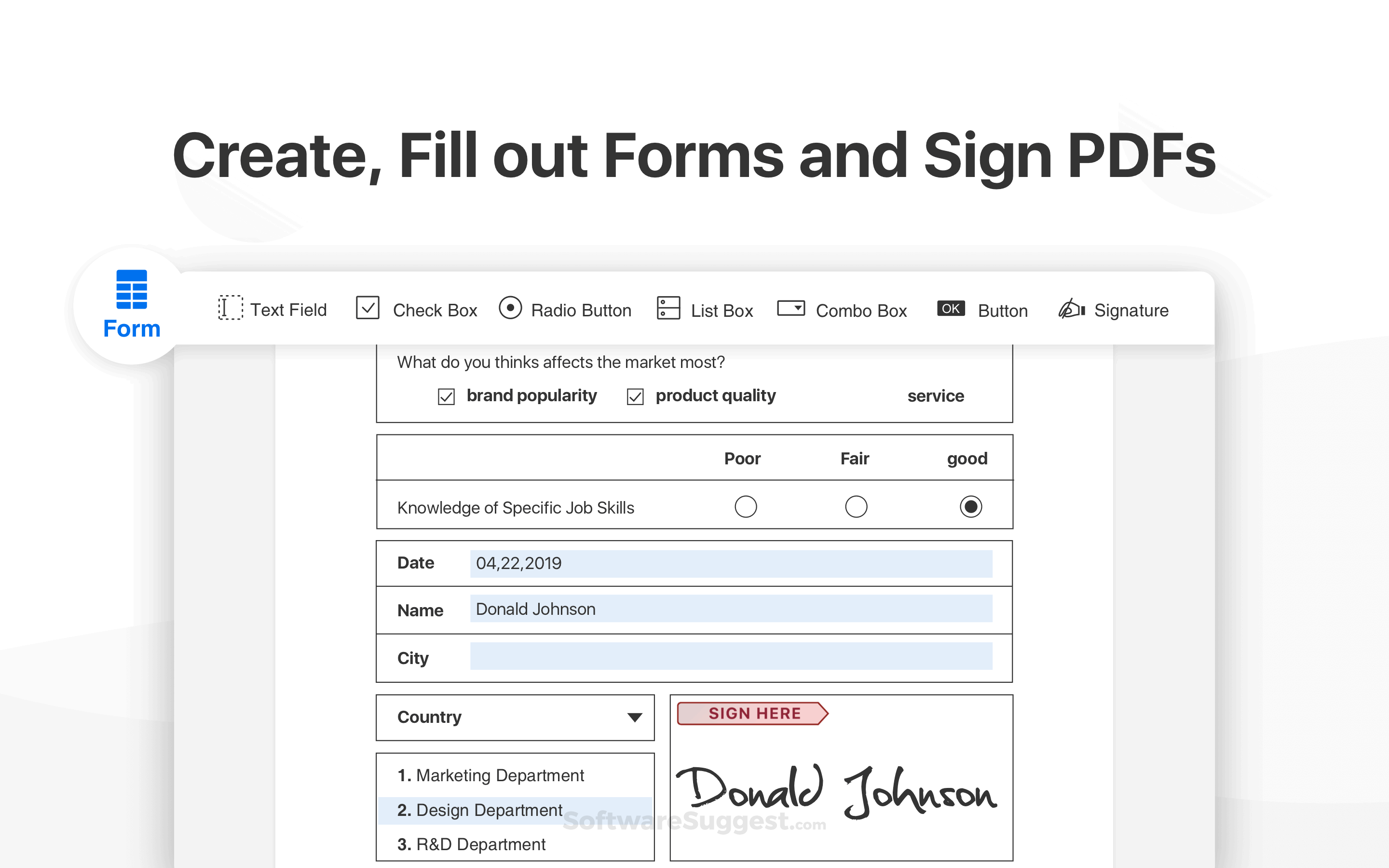

All tests were performed under Windows XP (itself running under VMware, if you must know). I chose 3 free PDF desktop viewers for Windows in addition to Adobe’s Reader for this review. Now we’re back to look at PDF Readers for Windows, and this time, we’re looking for more information. A while ago, we performed a casual comparison of Adobe Reader with Preview in Mac OS X, and determined that in at least that one specific instance, Reader was a little faster. The second common complaint is that Adobe Reader is “slow”. Otherwise, let’s get back to performance, which is far, far more interesting than megabytes. Let’s agree to call something “bloated” if we know there’s no reason for the size and/or if the size creates a problem. Most users can manage a DSL connection or better as often as they need to install software. We’re not talking about hundreds of megabytes here. If you can’t stand the wait for a 26 MB download vs 6 or 16 MB, I’m confident that you represent a vanishingly small proportion of real world users.

In the last five years, download size and disc space required has lost almost all significance when it comes to choosing software.

If you are counting installer or installed megabytes (who still does this?) there are definitely smaller competitors, but they can’t open all the bad PDFs that Adobe Reader can handle. Why poorly-constructed PDFs exist at all is another question (we’ll talk about it some other time), but the fact remains: there are lots of malformed PDFs out there. Adobe’s Reader weighs in at 182 MB installed because (a) it’s built to handle as many of the poorly constructed PDF files in the world as possible, and (b) it’s got lots of hidden functionality. Somehow, that metric never makes it into the lazy claims of ‘bloatware’.”īloat implies “unnecessary weight”. “For those who still insist that applications can be measured by the time required for download or size of the installation, tell me how long does it take to deal with a PDF that breaks your preferred “lightweight” viewer?


 0 kommentar(er)
0 kommentar(er)
